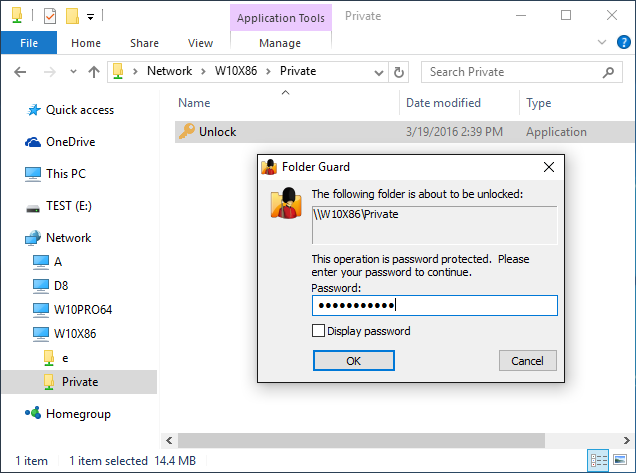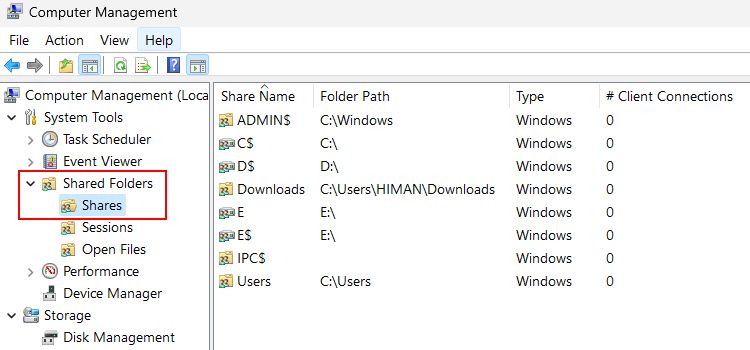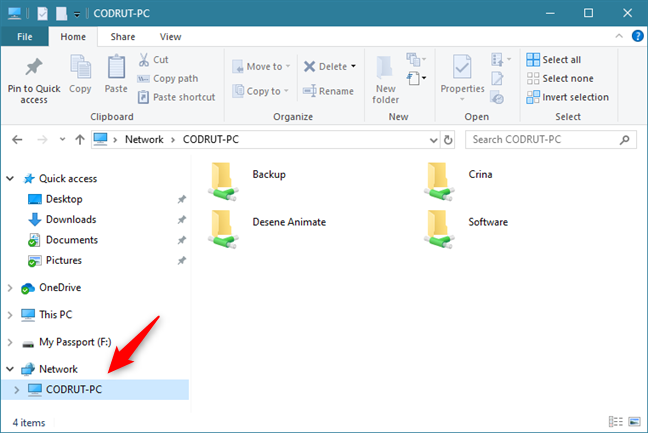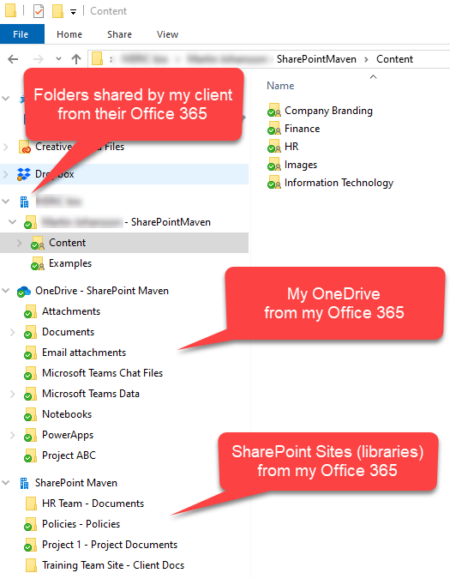4 Ways to Access Shared Folders

In the world of collaboration and remote work, sharing and accessing files and folders is an essential part of daily operations. Shared folders offer a secure and efficient way for teams to collaborate on projects, store important documents, and ensure seamless data sharing. However, accessing these shared folders can sometimes be a complex task, especially when dealing with different network environments and security protocols. In this article, we will explore four effective methods to access shared folders, providing a comprehensive guide to enhance your productivity and streamline your workflow.
1. Network File Sharing Protocols

One of the most common ways to access shared folders is through network file-sharing protocols. These protocols enable users to connect to a remote server and access files and folders as if they were on their local machine. Here’s a breakdown of some popular protocols and how they work:
Server Message Block (SMB) Protocol
SMB, also known as Common Internet File System (CIFS), is a widely used protocol for file sharing in Windows environments. It allows users to share and access files and printers over a network. To access a shared folder using SMB, you typically need to enter the network path, such as \servername\sharename, into your file explorer or command prompt. Once connected, you can browse and manage files as if they were stored locally.
| SMB Feature | Description |
|---|---|
| File Sharing | Enables users to share files and folders across a network. |
| Authentication | Supports user-level authentication and access control. |
| Encryption | Offers encryption options to secure data transmission. |

Network File System (NFS) Protocol
NFS is a popular protocol for file sharing in Unix-like operating systems, including Linux and macOS. It allows users to mount remote directories as if they were local directories. To access a shared folder using NFS, you need to configure the client machine to mount the remote directory. This can be done by adding an entry to the /etc/fstab file or using a tool like mount with the appropriate options. For example, you might use a command like mount -t nfs server:/path/to/share /local/mount/point to mount a remote NFS share.
Apple Filing Protocol (AFP)
AFP is a protocol specifically designed for Apple’s macOS and iOS operating systems. It enables users to share files and folders between macOS devices and access them from other platforms as well. To access a shared folder using AFP, you can use the Connect to Server feature in the Finder. Simply enter the AFP server address, such as afp://servername/sharename, and authenticate with the necessary credentials.
2. Cloud Storage Services

Cloud storage services have revolutionized the way we share and access files. These services provide a centralized platform for storing and managing files, allowing users to access them from anywhere with an internet connection. Here’s a glimpse of some popular cloud storage services and their unique features:
Google Drive
Google Drive is a versatile cloud storage service offered by Google. It integrates seamlessly with the Google ecosystem, including Gmail and Google Docs. To access shared folders in Google Drive, you can use the web interface or the Google Drive desktop app. Simply open the Drive app or website, navigate to the shared folder, and you’ll have access to all the files within.
Microsoft OneDrive
Microsoft OneDrive is a powerful cloud storage solution that integrates well with the Microsoft Office suite. It allows users to store and share files, as well as collaborate on documents in real-time. To access shared folders in OneDrive, you can use the OneDrive app or website. Sign in with your Microsoft account, navigate to the shared folder, and you’ll be able to view and manage the files.
Dropbox
Dropbox is a popular cloud storage service known for its simplicity and ease of use. It provides a seamless way to share and sync files across devices. To access shared folders in Dropbox, you can use the Dropbox desktop app or the web interface. Sign in to your account, navigate to the shared folder, and you’ll have access to the files, even offline if you’ve synced them locally.
3. Virtual Private Networks (VPNs)
Virtual Private Networks (VPNs) offer a secure and reliable way to access shared folders over the internet. By establishing an encrypted connection, VPNs ensure that data transmission remains secure, even when accessing resources remotely. Here’s an overview of how VPNs can facilitate shared folder access:
Setting Up a VPN Connection
To access shared folders via a VPN, you first need to establish a VPN connection to your organization’s network. This can be done by installing a VPN client software on your device and configuring it with the necessary settings provided by your IT department. Once connected, your device behaves as if it were directly connected to the internal network, allowing seamless access to shared resources.
Secure File Access
With a VPN connection established, you can access shared folders as if you were physically present in the office. The VPN encrypts your data, ensuring that sensitive files remain secure during transmission. This is especially beneficial for remote workers or when accessing files from public networks, as it protects your data from potential threats.
4. Remote Desktop Connections
Remote Desktop Connections provide a direct and interactive way to access shared folders. By connecting to a remote machine, you can work with files and applications as if you were sitting in front of that computer. Here’s how you can leverage Remote Desktop Connections for shared folder access:
Establishing a Remote Desktop Connection
To access shared folders via Remote Desktop, you need to establish a connection to the remote machine. This can be done using tools like Microsoft Remote Desktop or similar third-party applications. Simply enter the IP address or hostname of the remote machine and provide the necessary authentication credentials. Once connected, you’ll have a graphical interface that mirrors the remote desktop.
File Access and Management
With a successful Remote Desktop connection, you can access shared folders and files just as you would on the remote machine. You can browse, open, edit, and manage files as if they were on your local computer. This method is particularly useful when you need to work with specific applications or access files that are not available on your local machine.
What is the difference between cloud storage and traditional file sharing methods like SMB or NFS?
+Cloud storage services like Google Drive, OneDrive, and Dropbox offer a more flexible and accessible approach to file sharing. They provide a centralized platform accessible from anywhere with an internet connection. Traditional file-sharing methods, such as SMB and NFS, are typically used within local networks and may require more complex setup and configuration. Cloud storage services often offer additional features like real-time collaboration and version control, making them ideal for remote teams.
How can I enhance the security of shared folders when accessing them remotely?
+To ensure secure access to shared folders remotely, consider using a combination of encryption and authentication mechanisms. Utilize VPNs to establish an encrypted connection, protecting your data during transmission. Additionally, implement strong access control measures, such as two-factor authentication, to prevent unauthorized access. Regularly update your security protocols and stay informed about the latest security best practices to mitigate potential risks.
Are there any performance considerations when accessing shared folders remotely?
+Yes, performance can be impacted when accessing shared folders remotely, especially over slower internet connections. To optimize performance, consider utilizing local caching mechanisms provided by some cloud storage services or file-sharing protocols. Additionally, ensure that your network infrastructure is capable of handling the data transfer requirements. For large-scale file sharing, it might be beneficial to explore dedicated solutions like Content Delivery Networks (CDNs) to improve performance and reliability.



